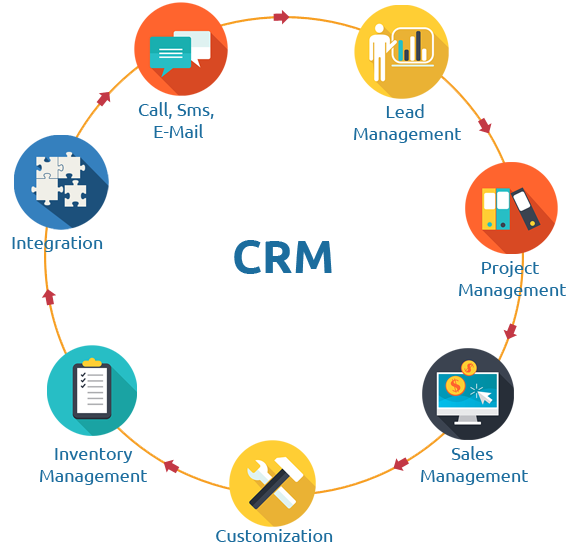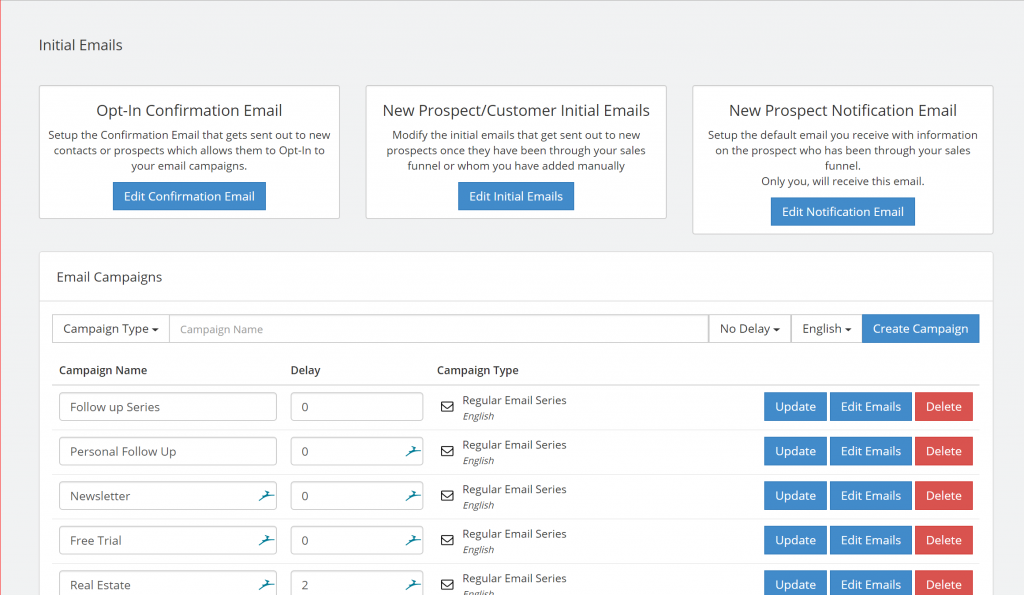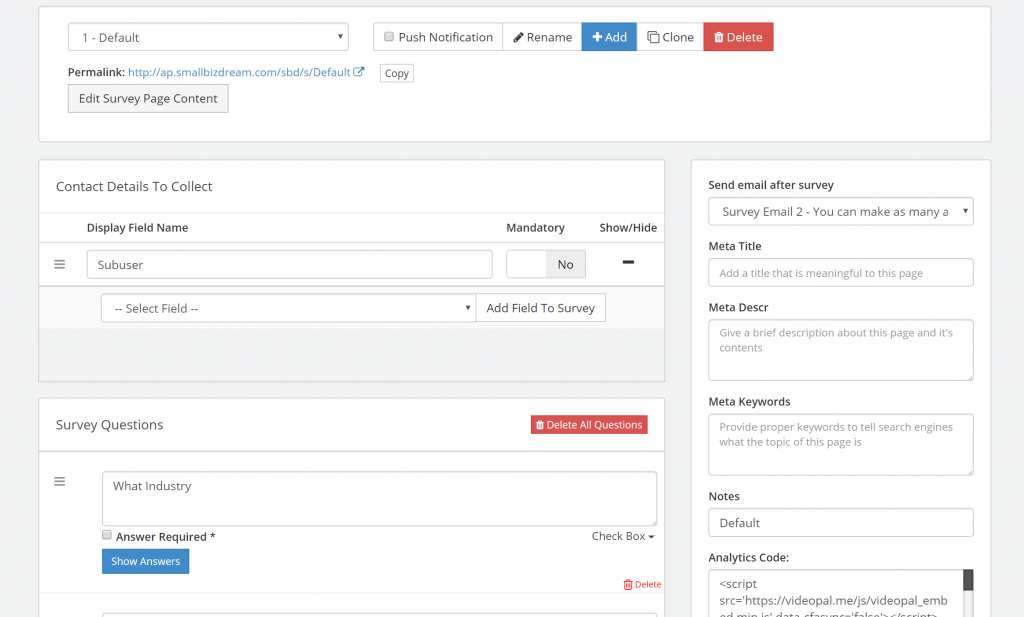Sales and discounts are everywhere this time of the year as businesses gear up for the shopping spree. For many small businesses, this could be their chance at getting more customers, boosting sales, and reigniting old customers. Customers who missed out on Black Friday and Cyber Monday would certainly be scrambling for Boxing Day sales, so take the time prepping up for the holiday frenzy.
Gear up for the Occasion
As a small business owner, this could be your chance to reengage customers who haven’t bought from you in a long time. What better chance than to entice them back with a nice juicy Boxing Day Sale?
Try to be competitive with your pricing. Finding the sweet spot is a fine balancing act which requires some knowledge in marketing and managing your cash flow. However, since every store in the city will be dropping prices as much as 25 to 50 percent, you might want to consider a sale if nothing more than to stay competitive with your competition. Think of price cuts (also known as “loss leader”) as part of your marketing expenses.
Freeing up your store from old inventory and putting them on sale is also a good way to beat the competition. Make sure they’re still in good condition, though, to avoid hurting your reputation.
Maximize Customer Engagement: Online and Offline Sales
Small businesses don’t usually end up having “blockbuster deals” like you see in big chain stores because they can’t beat them on price so don’t even try to compete with them. Instead, the more successful small businesses have their own signature product, speciality goods, or service not found at any other place.
You might have the perfect several items sitting on your store for some time. A Boxing Day sale is the perfect time to mark them down to attract sales volume.
Having an e-commerce site or a Facebook Page for your business can also help maximize customer engagement if done correctly. Alternatively, you can set an email autoresponder to notify your customers a day ahead when they subscribe to your newsletter. Small Business Dream suite of tools can vastly improve shopping experience by engaging with customers on multiple channels such as phone, SMS, social media, email, landing page, sales funnel, and so on, whichever method they prefer.
Follow up on Your New Customers on Boxing Day
Aside from being a great way to maintain customer loyalty, one of the great things about the holiday season is the amount of information you’ll get from new customers. You’ll need a tool such as CRM to collect customer information (online or in-store visits and purchases), manage your customer database, and maintain customers’ interest through customer communication (email autoresponders and newsletters subscriptions) long after the shopping frenzy is over.
Shoppers are in the holiday spirit so they are more likely to sign up for newsletters to be notified for the latest deals to make sure they never miss out on anything. They want to know which products will be on sale and when. CRM makes this all possible for you, at little or no expense to your business.
You should also collect new customer information even before Boxing Day starts by using CRM to conduct customer surveys or newsletter subscriptions via social media. Small Business Dream puts all the information from your Survey Page or Sales Funnel straight to your customer database, segment your customers right off the bat and send them on to your email autoresponders.
You can do it the old way and let Small Business Dream take it from there. Have your in-store customers fill up a short survey or ask for their business card and quickly add them to your database using Small Business Dream’s Card Scan feature, or you can do it yourself on your spare time.
Conclusion
Take this opportunity to grow your business and get noticed this holiday season. Use technology and your creative flair to your advantage, but most importantly to bring joy and satisfaction to your valued customers. So go ahead and make this Boxing Day an unforgettable shopping experience!
Learn more on how you can successfully build your small business through sales and marketing automation. Visit SmallBizDream.com and start using our suite of tools to increase your sales and profitability like never before.







